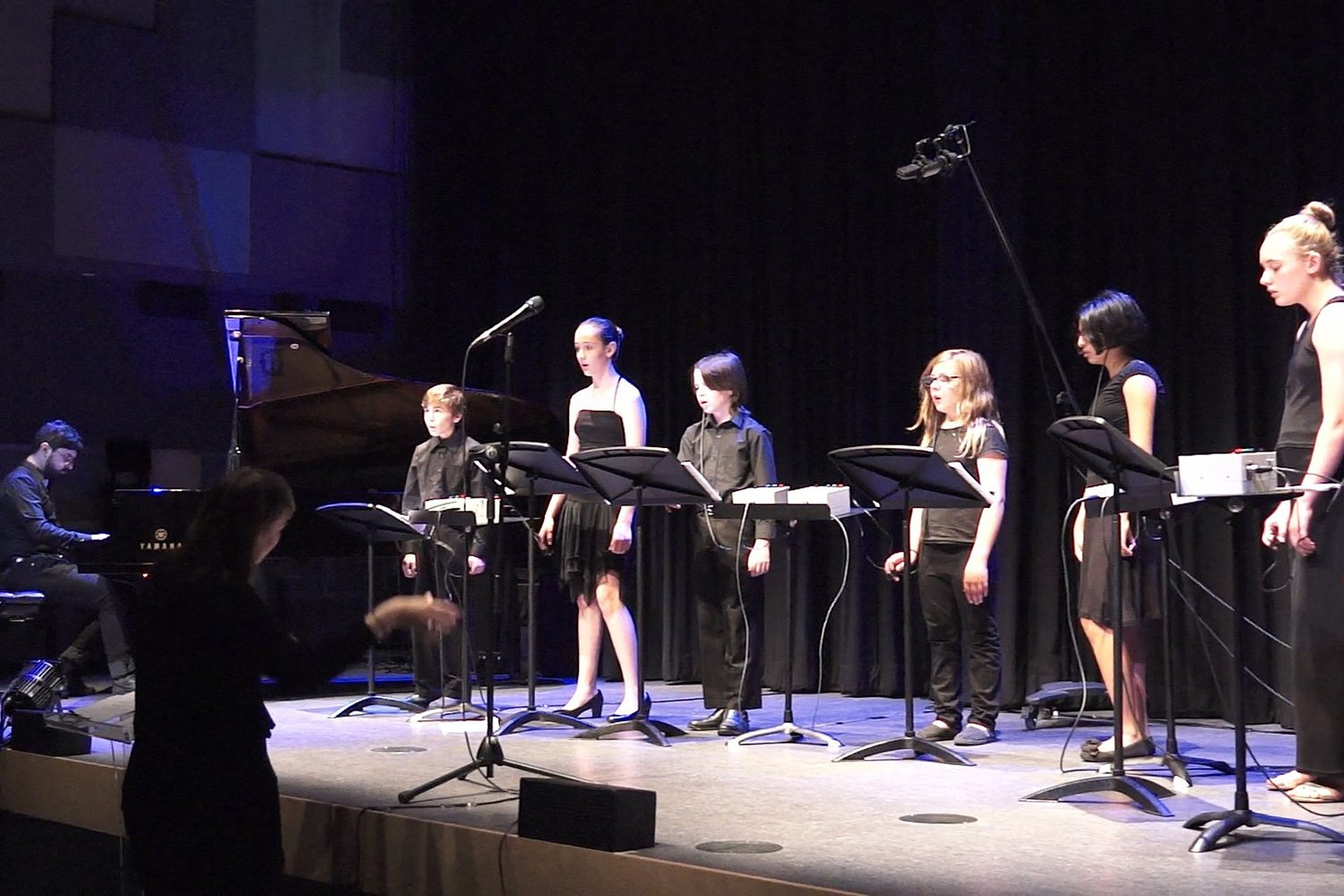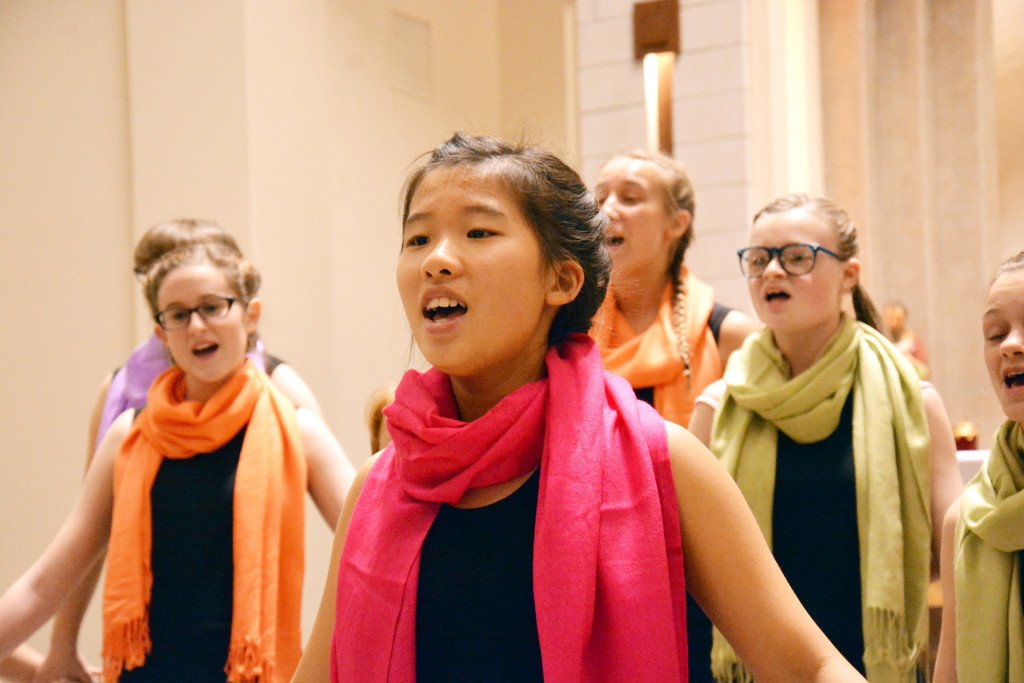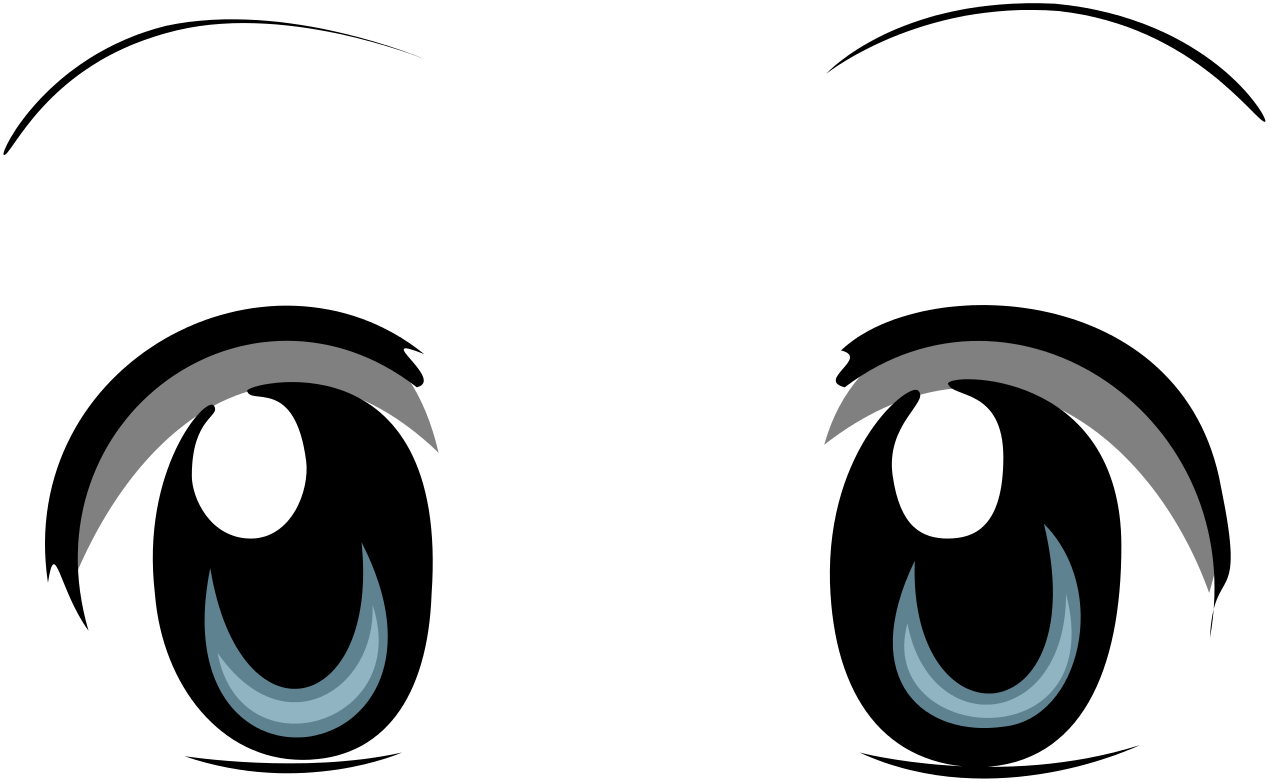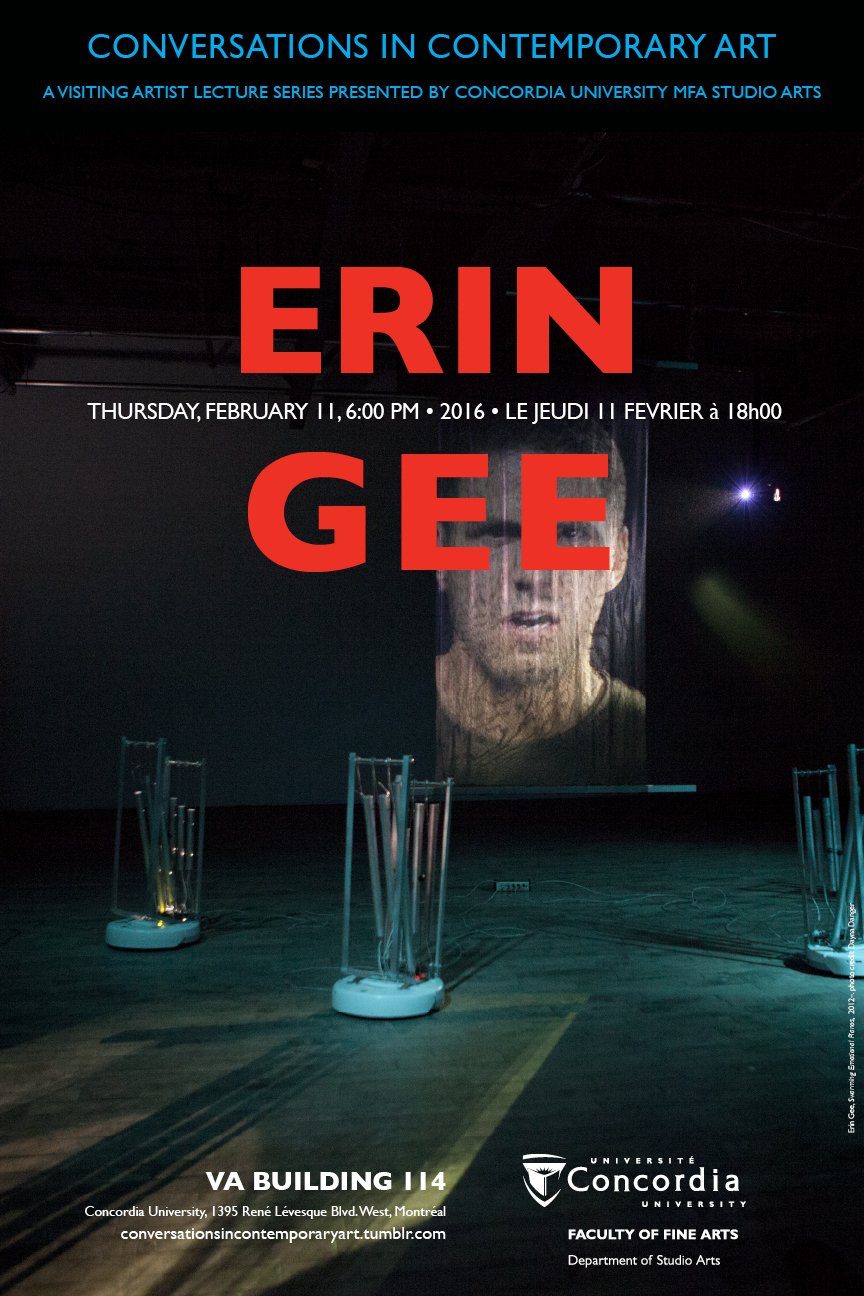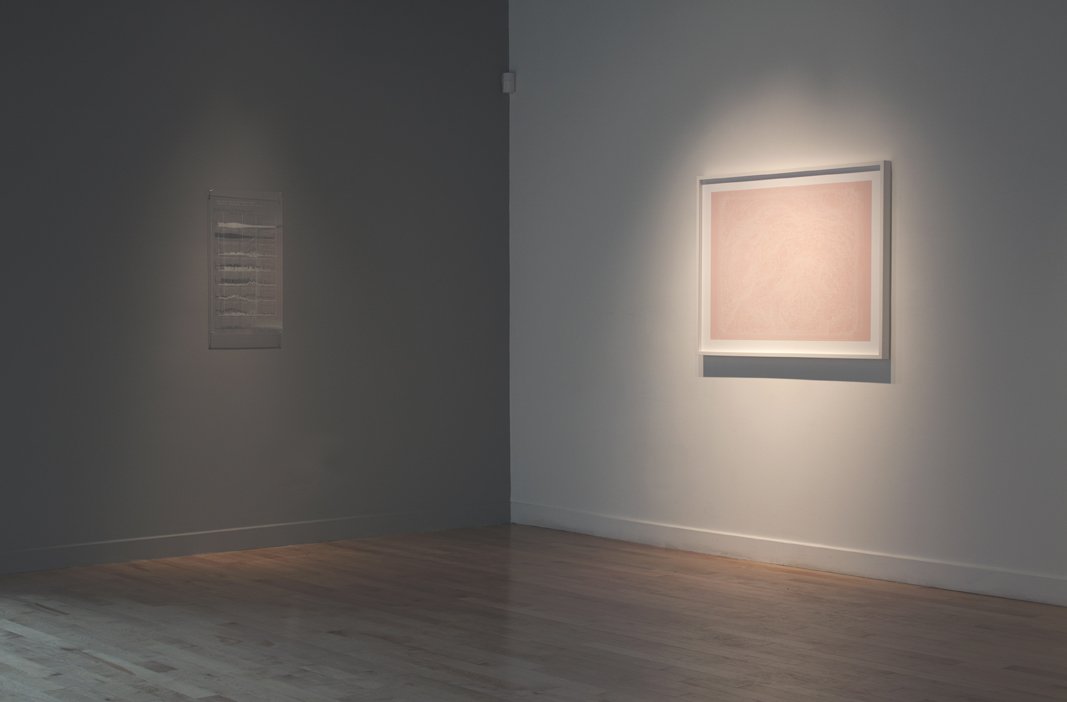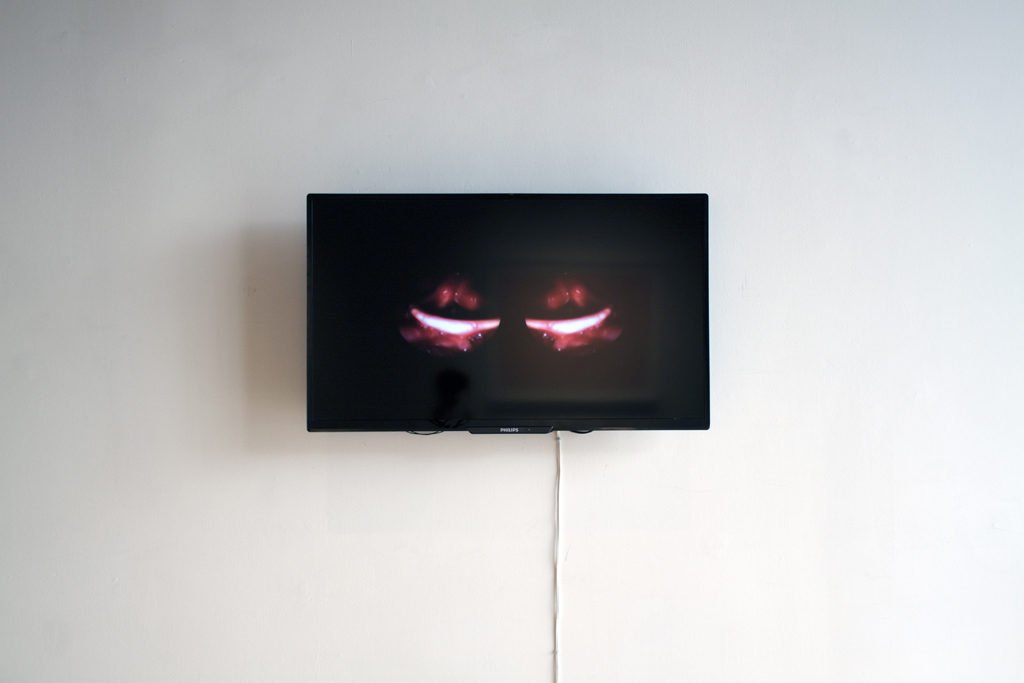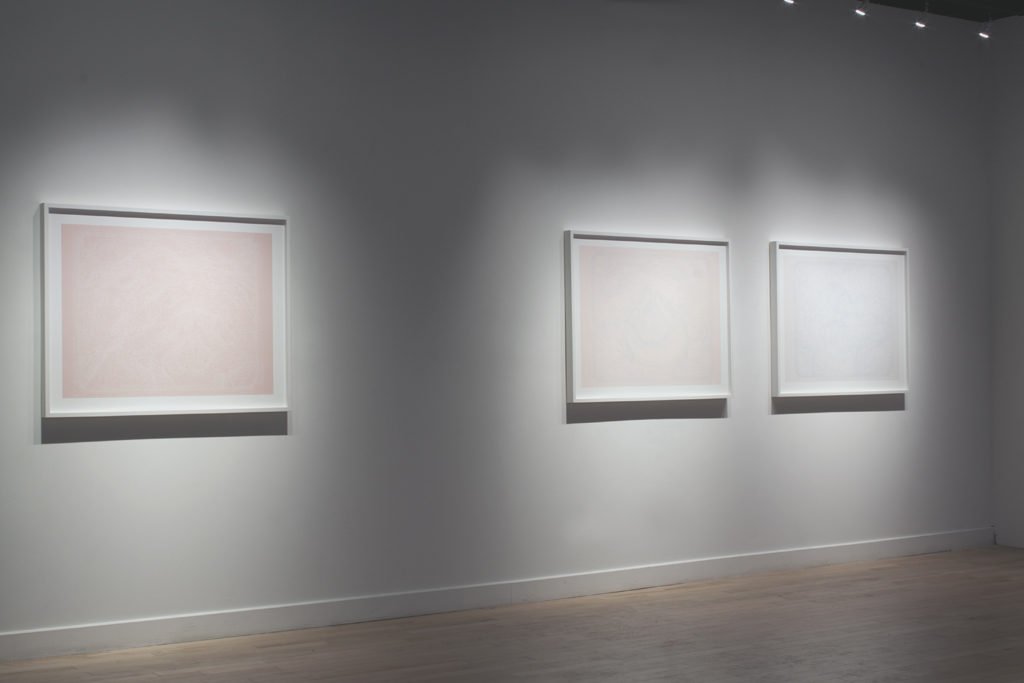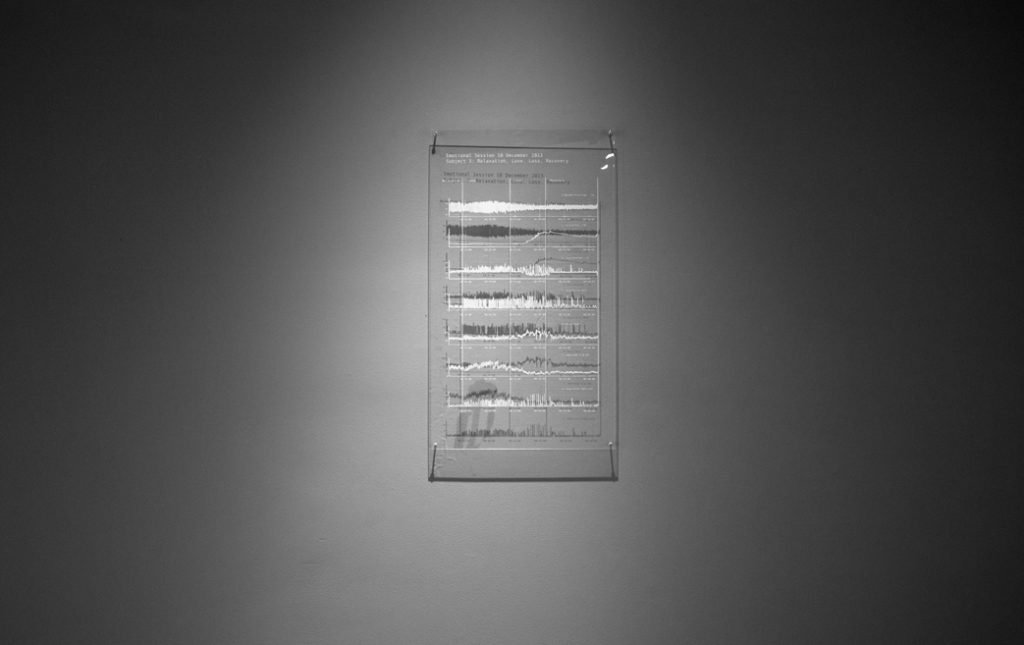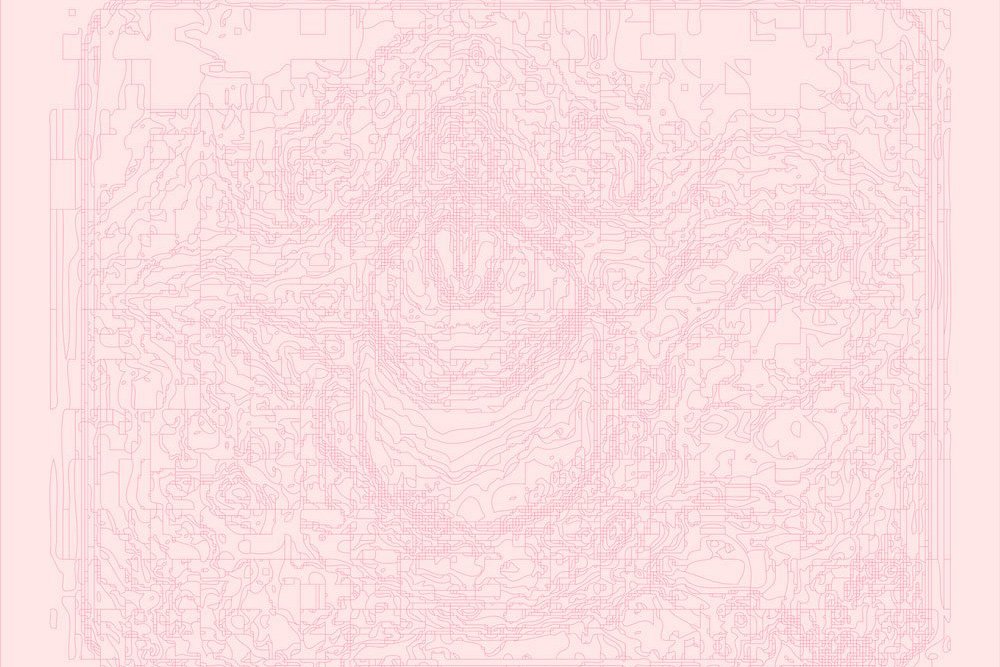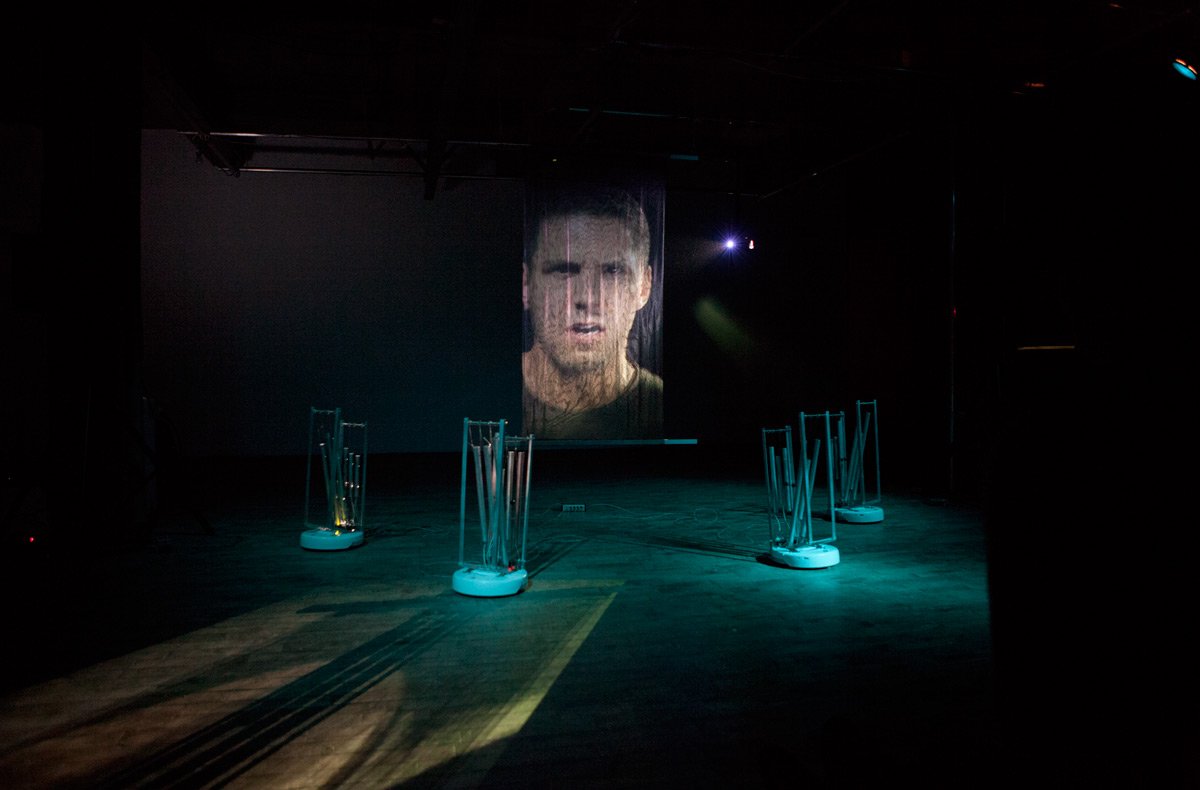Song of Seven
Song of Seven (2016)
2016 / 2022
A composition for seven soloists, biofeedback music, and piano.
In this song, young performers contemplate an emotional time in their lives, and recount this memory as an improvised vocal solo.The choir is instructed to enter into a meditative state during these emotional solos, deeply listening to the tale and empathizing with the soloist, using imagination to recreate the scene. Choir members are attached to a musical instrument I call the BioSynth a small synthesizer that sonifies heartbeats and sweat release for each individual member to pre-programmed tones. Sweat release, often acknowledged as a robust measure of emotional engagement, is signaled by overtones that appear and reappear over a drone; meanwhile the heartbeats of each chorister are sounded according to blood flow, providing a light percussion.
The musical score combines traditional music notation with vocal games and rhythms determined not necessarily by the conductor or score but by beatings of the heart and bursts of sweat. Discreet flashing lights on the synthesizer boxes in front of the choristers allowed the singers to discern the rhythms and patterns of their heart and sweat glands, which therefore permits compositions to incorporate the rhythms of the body into the final score as markers that trigger sonic events.
Song of Seven (2022) for SSAATBB singers, adapted from the original for high voice /children’s choir (2016).
The text in this song is completely improvised from the sung childhood memories of the choir members. Each choir’s interpretation is totally original and could be performed in any language. The seven emotional vignettes are framed by textless song, accompanied by piano and Erin Gee’s original musical instruments the BioSynths. Gee first created the BioSynths in 2016 to measure the empathetic reactions of the choir singers to one another’s song, allowing for shifting intensities in harmonic notes in response to the sung memories. Composing not only notes, but composing physiological states for the biofeedback-enhanced choir, empathy is generated through personal narrative to activate the emotional resonance of the choir members. This performance strategy is one many Gee develops for her “music for alienated emotion”.
Credits
Piano accompanist: Daniel Àñez
Hardware design: Martin Peach
Software design: Erin Gee
Performance history
In 2022 a version of Song of Seven for adult voices was premiered at Orpheum Annex (Vancouver) with Vancouver New Music, featuring members of musica intima choir.
This choral composition was first workshopped for children’s voices over a one-week residency at the LIVELab (McMaster University) with members of the Hamilton Children’s Choir. This residency was hosted by Hamilton Artists Inc. with support from the Canada Council for the Arts.
Links
Video
Song of Seven
Premiere for children’s choir: Hamilton Children’s Choir (2016)
Song of Seven
Premiere for adult choir: Musica Intima (2022)


